Horse Coat Patterns – White markings, Pinto, Roan, Leopard Complex And White Horses
Coat patterns are made of white hairs (non-pigmented) that are genetically determined and applied over the modified base coat color. In other words they are secondary to the red and black base genes and the agouti (bay), gray and dilution (lightening) genes Please see the coat color section before diving into white patterns.
White hairs occur where pigmenting is not allowed. How this happens has been determined in several white patterns but is still debated in others. They are distributed into the following categories which are described after this list:
- White markings
- Roaning
- Pinto
- Leopard complex
- White horse
**CONTINUED IN ARTICLE TAB**
Related material – Sometimes I have a lot of material here that I have written, podcasted, video blogs and other things. They will be listed in this tab.
Use the browser back button or menu to return to the index of topics.
⬇︎ CLICK ANY IMAGE BELOW TO REVEAL MORE INFORMATION ⬇︎
Coat patterns are made of white hairs (non-pigmented) that are genetically determined and applied over the modified base coat color. In other words they are secondary to the red and black base genes and the agouti (bay), gray and dilution (lightening) genes Please see the coat color section before diving into white patterns.
White hairs occur where pigmenting is not allowed. How this happens has been determined in several white patterns but is still debated in others. They are distributed into the following categories which are described after this list:
- White markings
- Roan markings
- Pinto markings
- Leopard complex markings
- White horse marking
White markings
White markings are hair without pigmentation and are the identifying features of individual horses. These do not change over time or with the amount of sunlight. The skin is also pink (without pigment) underneath but in some horses, the white hairs can either overlap or underlap a bit onto the pigmented skin.
White markings appear on the face as a star between the eyes, a stripe along the length of the face, a snip between the nostrils to the upper lip, the lower lip or any combination of these such as star, snip and lower lip with no stripe. They also appear on any number of limbs as either distal white spots on the coronary band (distal spots), a white band around the coronet above the hoof, extending from the coronet to below the fetlock (pastern white mark), to just above the fetlock (sock), to halfway up the cannon bone (half stocking) to just below the carpus or tarsus (stocking). They can even go above the knee and hock and are said to be “stocking and knee.” Horses with white extending beyond the knee or hock are usually pinto horses.
White markings are used on official papers to help identify individual horses because each white marking is unique to every horse. I was “infamous” at the New York – Canadian border because I drew these white markings in detail and with accuracy on the travel papers. One of my clients was traveling into Canada and told me that the inspector saw her papers made out by me and declared, “You’re good with these horses,” but went into the large van to thoroughly inspect the other horses with papers made out by someone else.
Roan Markings
Roaning is when there are hairs that are not pigmented and are therefore white. They are evenly mixed with the colored hairs throughout the body with the exception of the head. The hairs of the head are either a solid color or look darker than the rest of the body. The line between the head and the neck is clear behind the ears down to the throat. They are also roan at birth while a gray horse only becomes gray over time and affects the head as well as all the hairs. Just like in older humans.
Red roans or strawberry roans are over the base coat color of red. Bay roans are over a base color of red plus the agouti gene making the horse bay. Blue roans are over a base color of black. Dun stripes can be seen on roans as well.
Pinto Markings
Pinto horses have white patches on the solid colored body. The white hairs are not evenly mixed (roaning) but distinct white areas with one exception. When a white patch contains colored hairs and only this patch displays roaning then the horse has the sabino pattern.
Pintos are divided into 2 color groups:
- Piebald which are white patches on a black base color. You can remember this by flipping the “b” upside down into a “p” = piebald = black and white.
- Skewbald which is white body markings on any color other than black (a red, bay or any other dilution color). Bay horses with white patches are often called tricolored but are technically a skewbald as there is no black base coat.
Pintos are divided into 4 patterns:
- Tobiano has white markings with smooth edges, 3 or more legs with white over the knee and hock, the white patches are oblong and more vertical continuing over the top line onto the other side and a solid colored head with Thoroughbred-like face markings. Remember that if the head looks like a Thoroughbred (really any breed but this one starts with a “T”) then it is a tobiano.
- Overo has jagged edges to the white markings, are more horizontal in shape, the markings do not extend over the top line (but on rare occasions do), the limbs are usually solid with or without lower leg markings and the face is usually white (bald face where the white covers the face from one side to the other. Sometimes overo horses have blue eyes.
- Tovero horses are a mix of tobiano and overo and are possibly created when the horse has the dominant tovero gene plus the recessive overo gene.
- Sabino is a combination of one or several factors including patches of roan spots and/or roan edges to white markings. They can also have just a belly white marking, white legs above the knee or hock without body markings, a solid color body with face markings extending past the eyes or any combination of these.
Leopard Complex Markings
Leopard complex is the definition of a group of genes that create a variety of distinct white markings characteristic of Appaloosa and other breeds of horses world wide. The varieties include:
- Solid color are horses with the Leopard complex gene that have no white markings on the body but have one or more of the following: vertical striped hooves, mottled skin (pink with dark spots) at the lips and eyes, the vulva (mares) and scrotum and sheath of male horses.
- Leopard horses have markings seen as colored spots all over the white body. Some call this the “Dalmatian look” after the breed of dog.
- Blanket horses have one white marking covering the hips on each side and can extend anywhere from the tail head to the base of the neck. They can be exclusively white or can have spots that match the color of the horse.
- Few spots are leopard complex horses that are mostly white with colored patches contained to these areas: the mane and tail, the face, the lower neck, the underside of the front legs, the knees and just above the hoof.
- Frost horses have white hairs along the back from the tail to the neck like a layer of frost that has settled on top of the horse.
- Varnish roan horses have scattered white hairs over the entire body including the head and face. The white hairs on the head makes this not a true roan even though the word is used in the description. It is also different from the gray horse as the horse (without the gray gene) will not progressively become more white with age.
White Horse Markings
White horse pattern affects all hairs turning them white plus the underlying skin is pink. This is the difference between a progressively graying horse and a white horse. In addition they are born white and remain this color throughout life. Their eyes can be either brown or blue.
White horse genetics are unclear because to be a white horse a dominant gene is needed. However, if the gene is dominant there would be more white horses but they are actually rare. Therefore there must be other factors involved. Some suggest there is a link with the sabino gene. Sadly, many foals born white also have a mutation in the gene that forms the colon. This is called the “Lethal White Syndrome” or “Overo Lethal White Syndrome” as it is seen with offspring of overo matings where one parent is a carrier of the mutation. There is a DNA test to identify these carriers.
Any videos related to this topic will be added here. Stay tuned or comment a request.
- Additional tables
- Links to other in house articles
- Links to outside articles
- Reference material used in developing this topic.
There are no related articles here if you don’t see linked items.


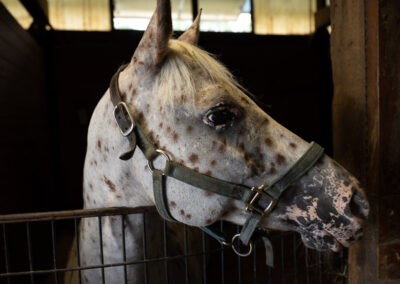
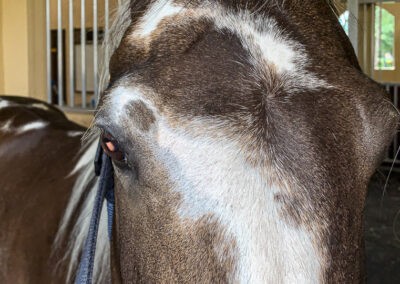
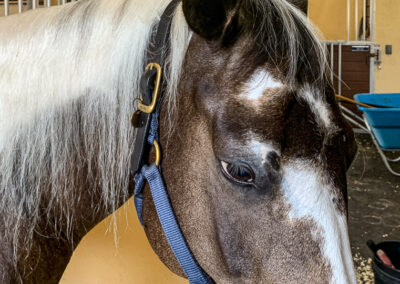
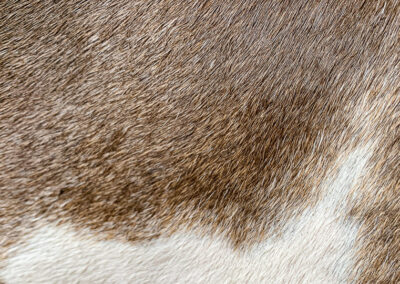
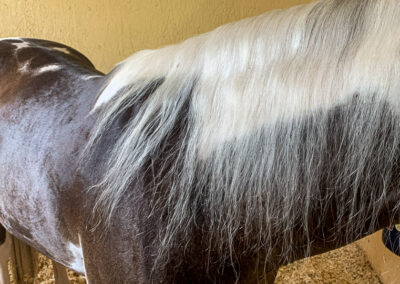
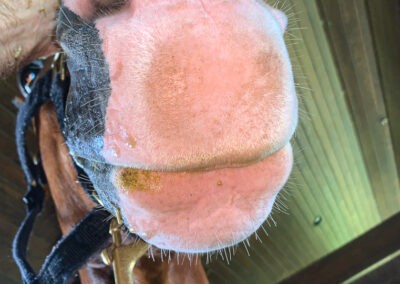


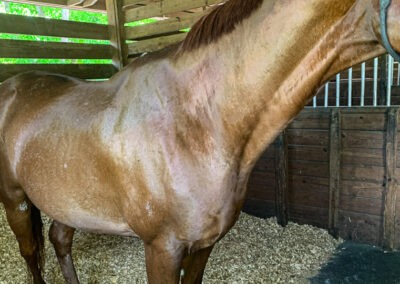
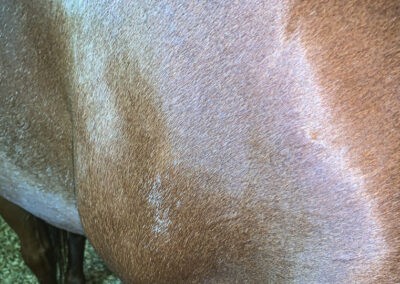

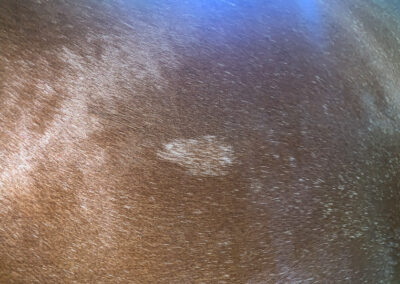
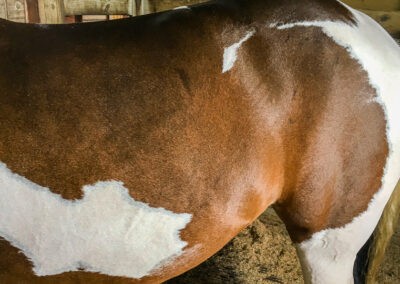
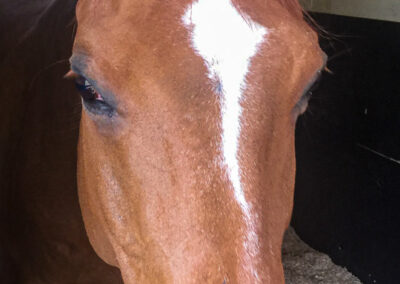
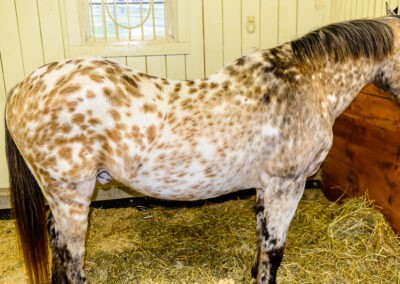
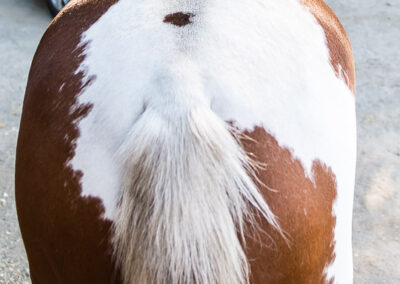
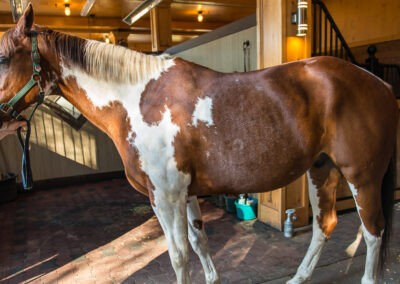
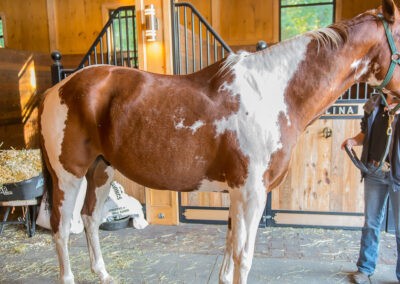
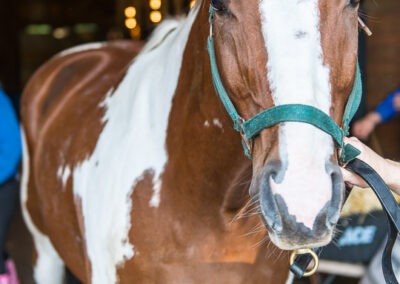
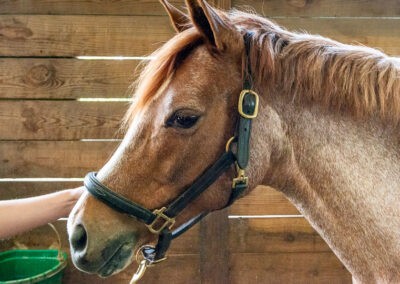
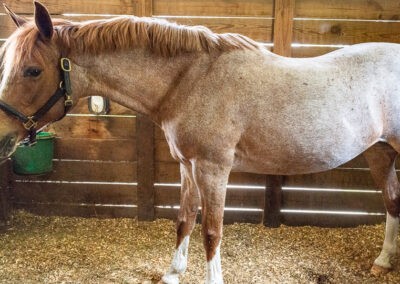
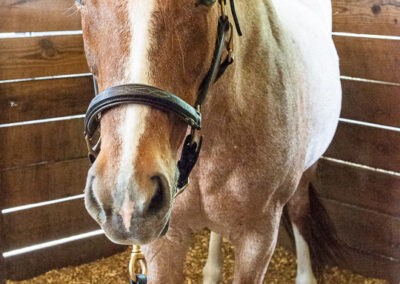
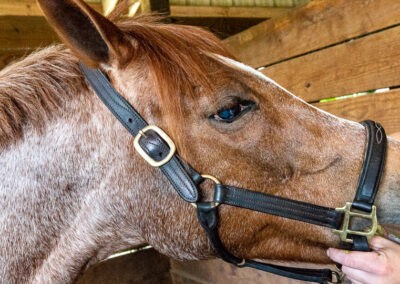
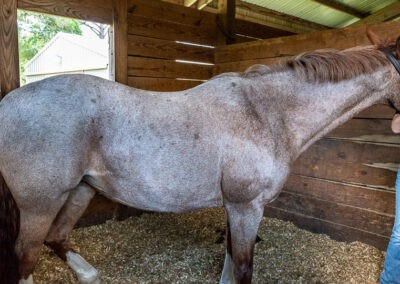
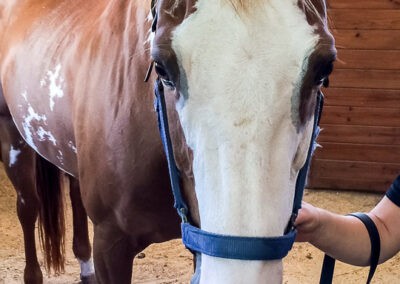
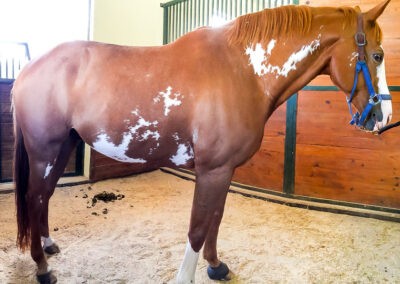
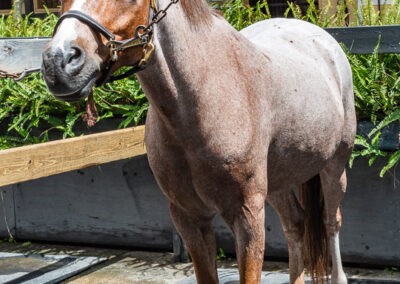
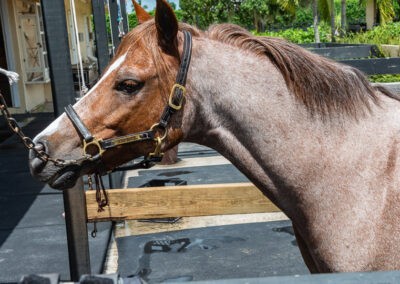
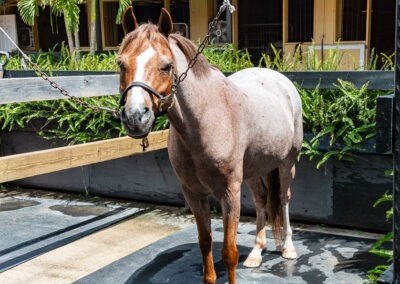

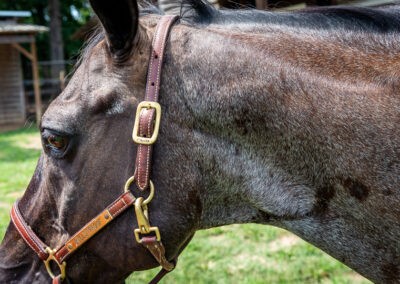
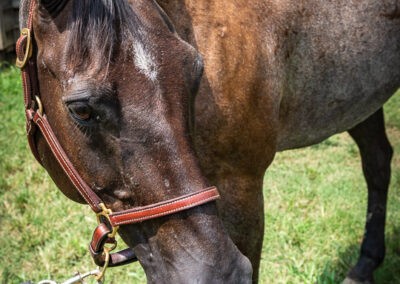
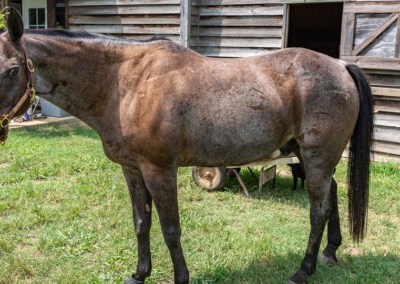
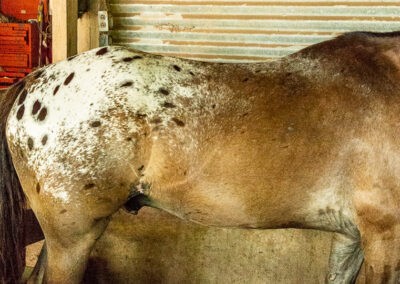
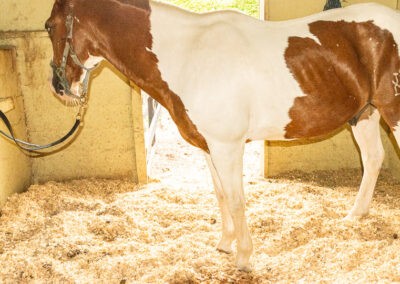

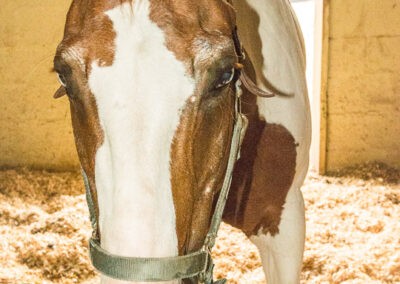
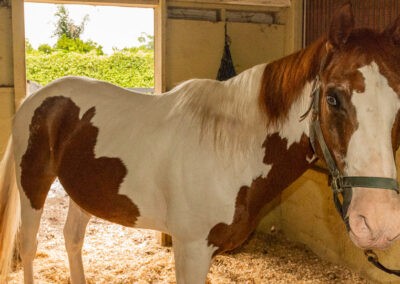
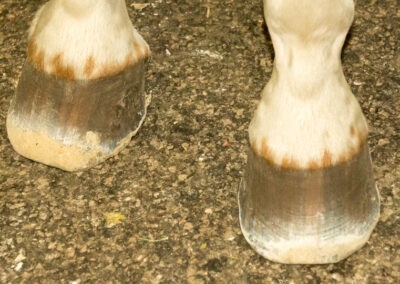
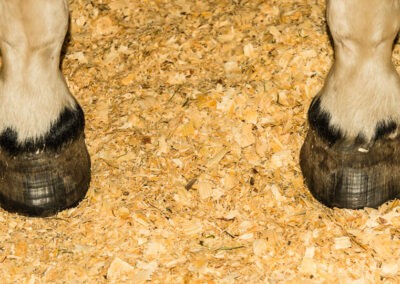

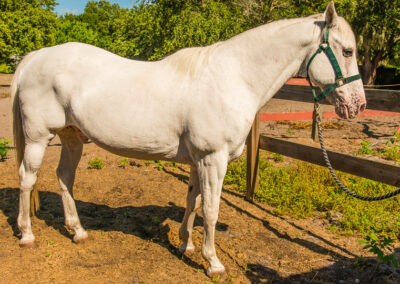
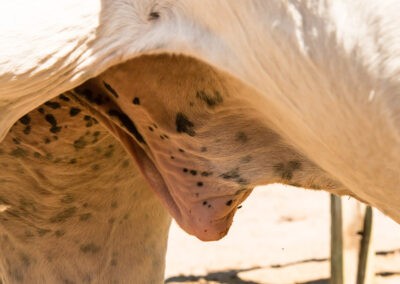
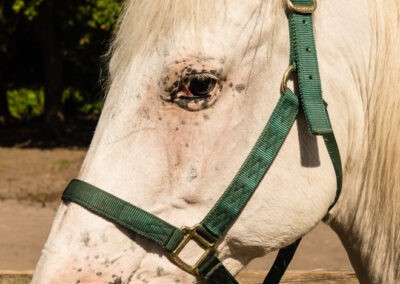
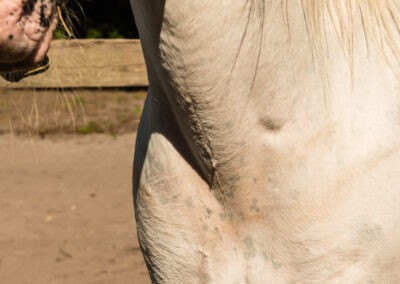
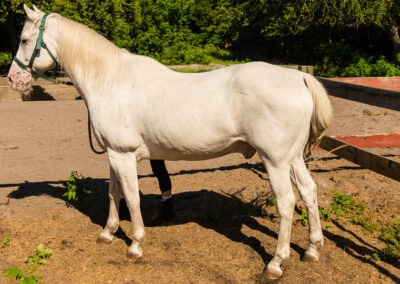
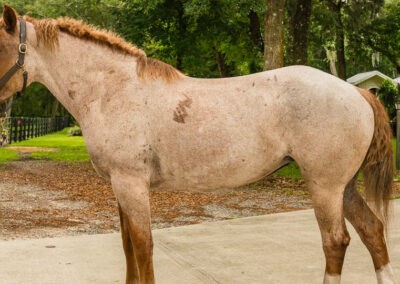
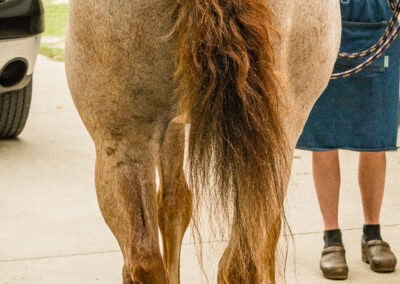
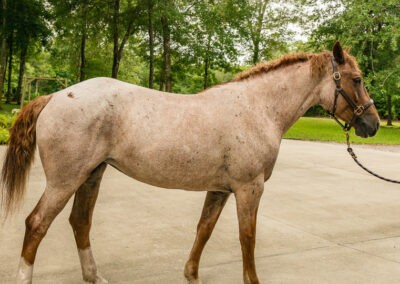
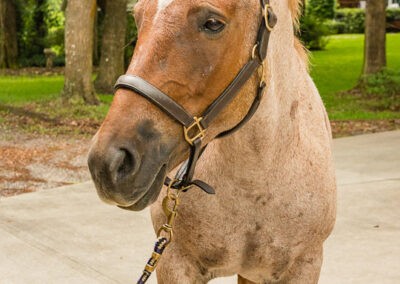
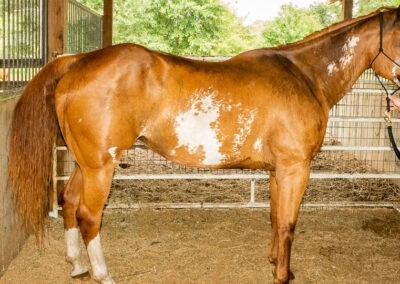
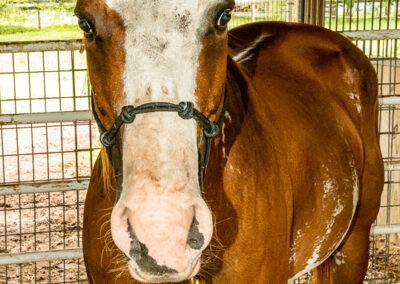
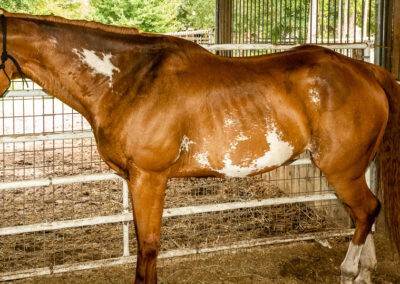

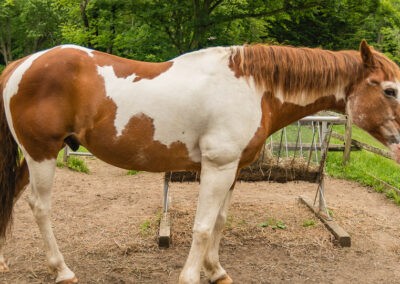
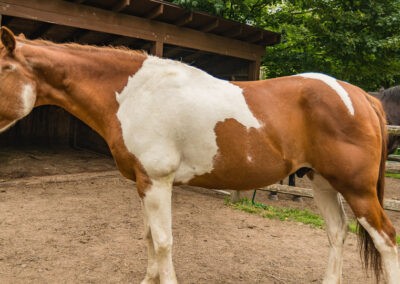
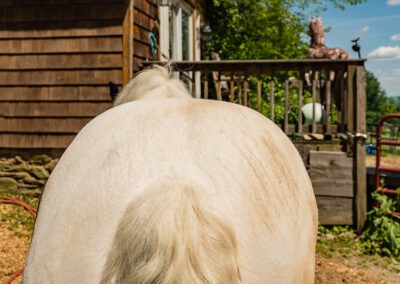
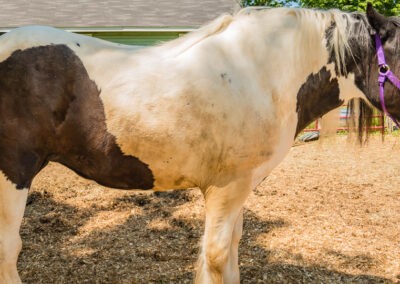
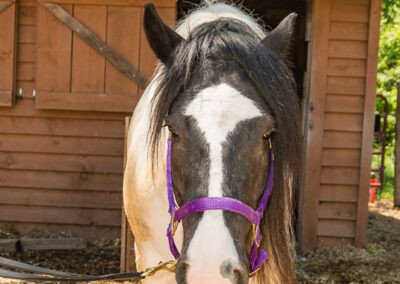


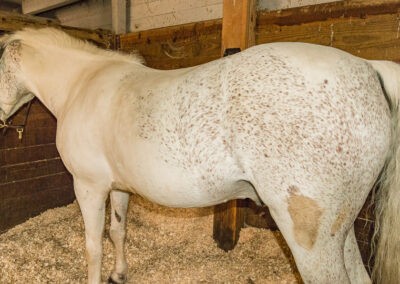
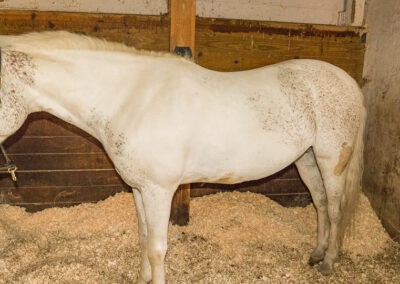
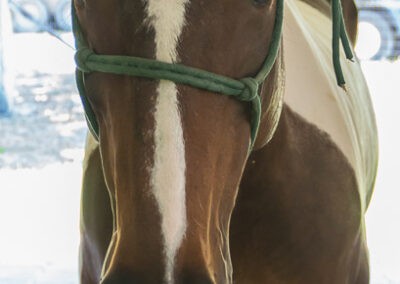

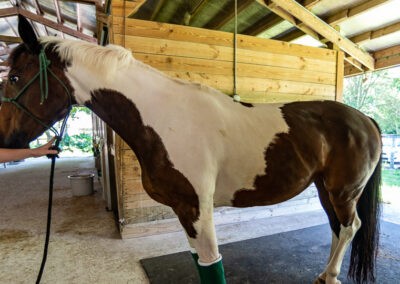
Responses